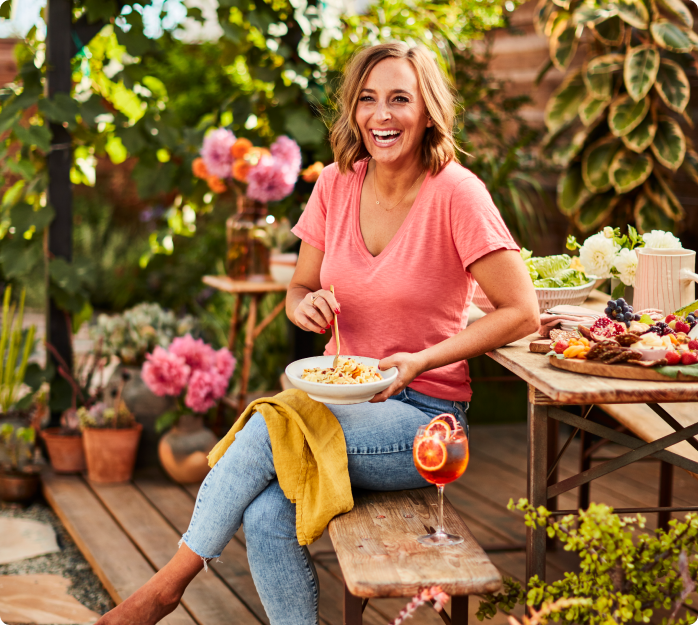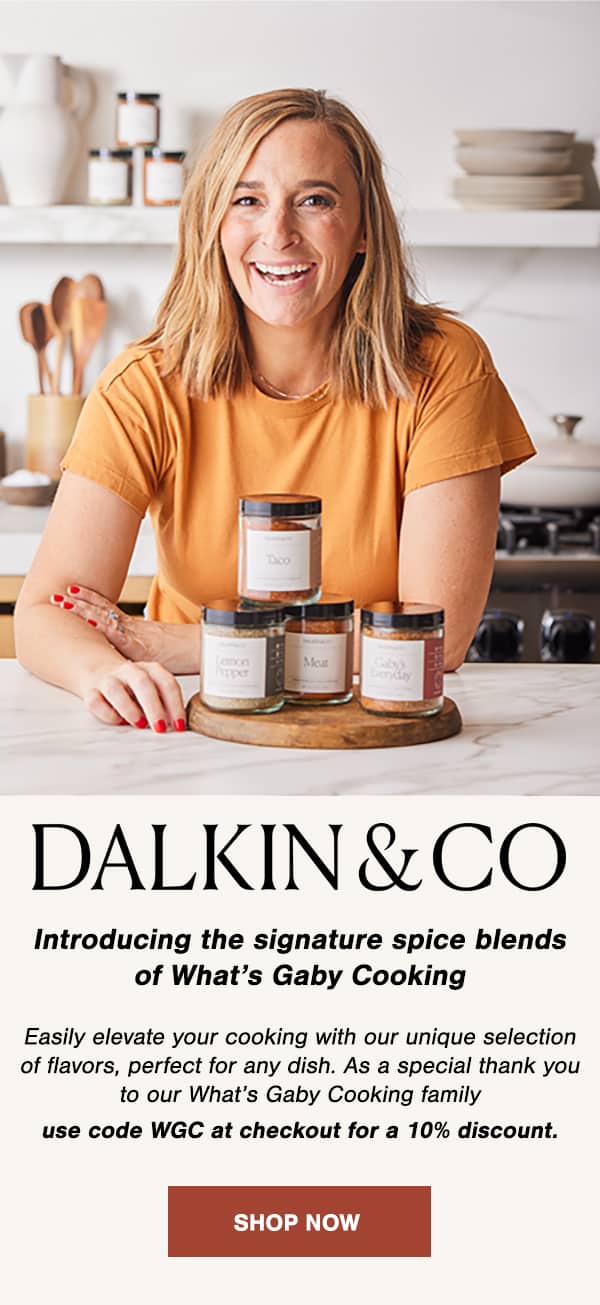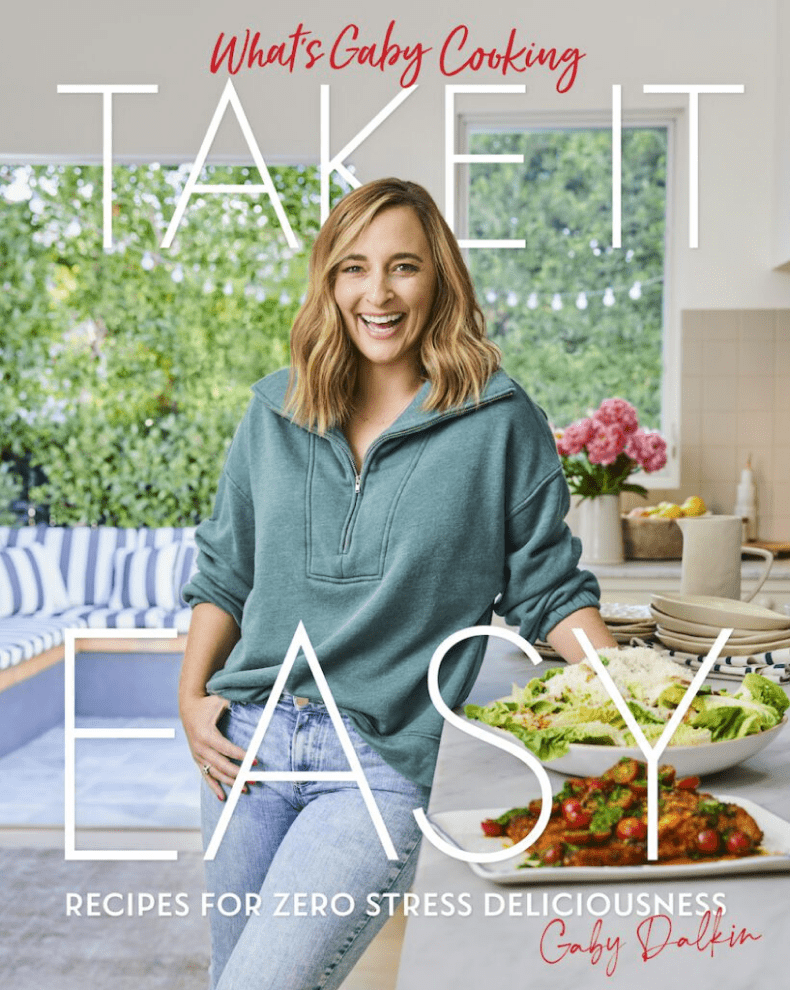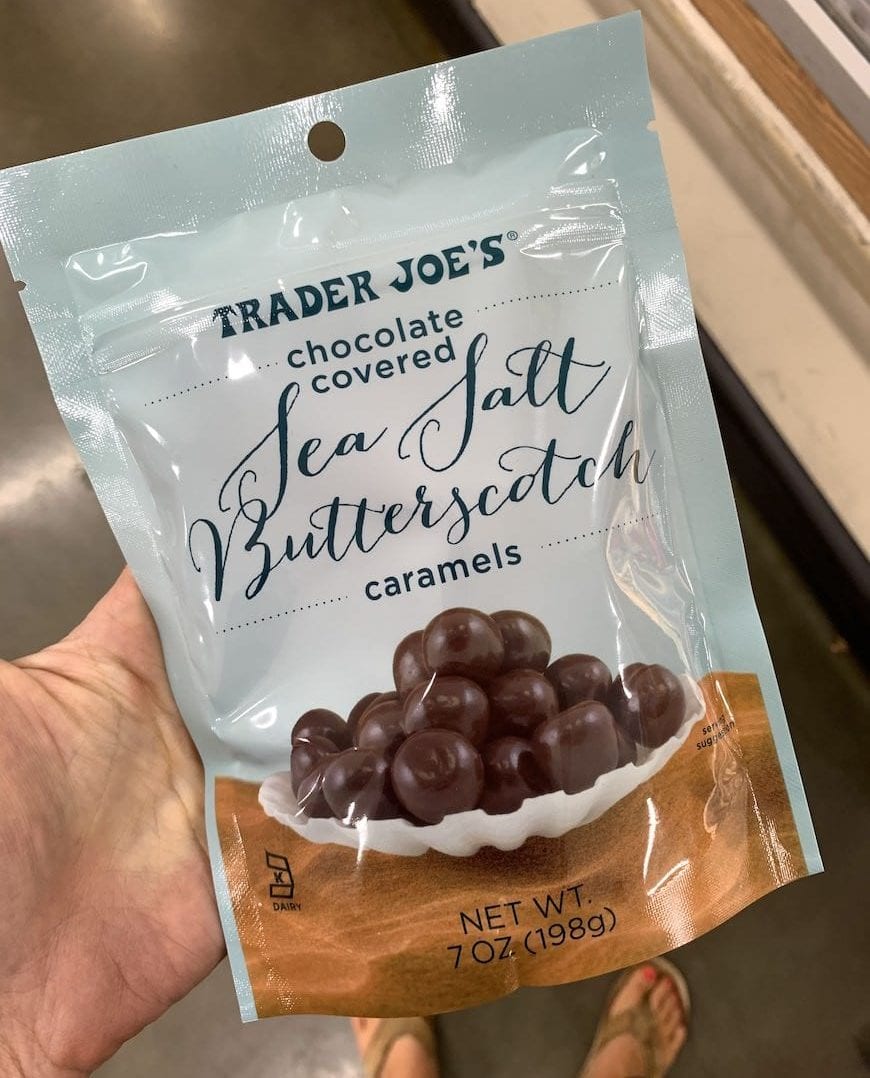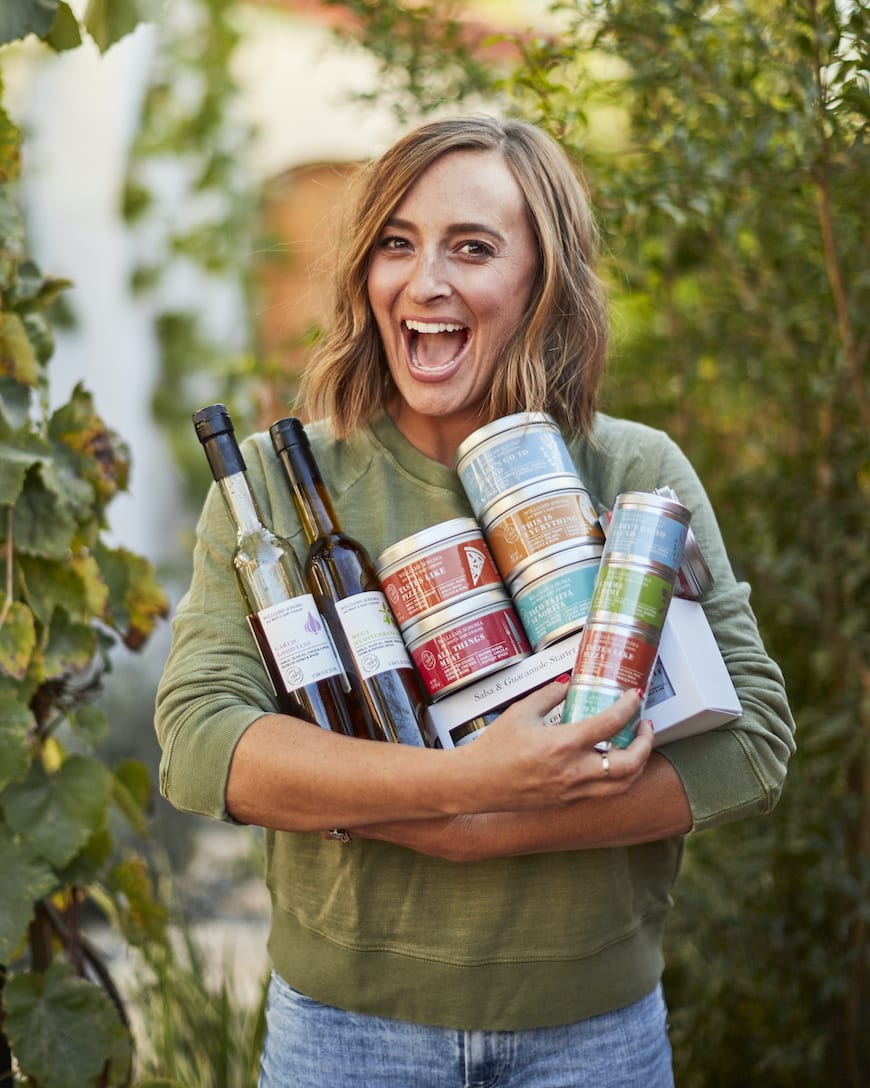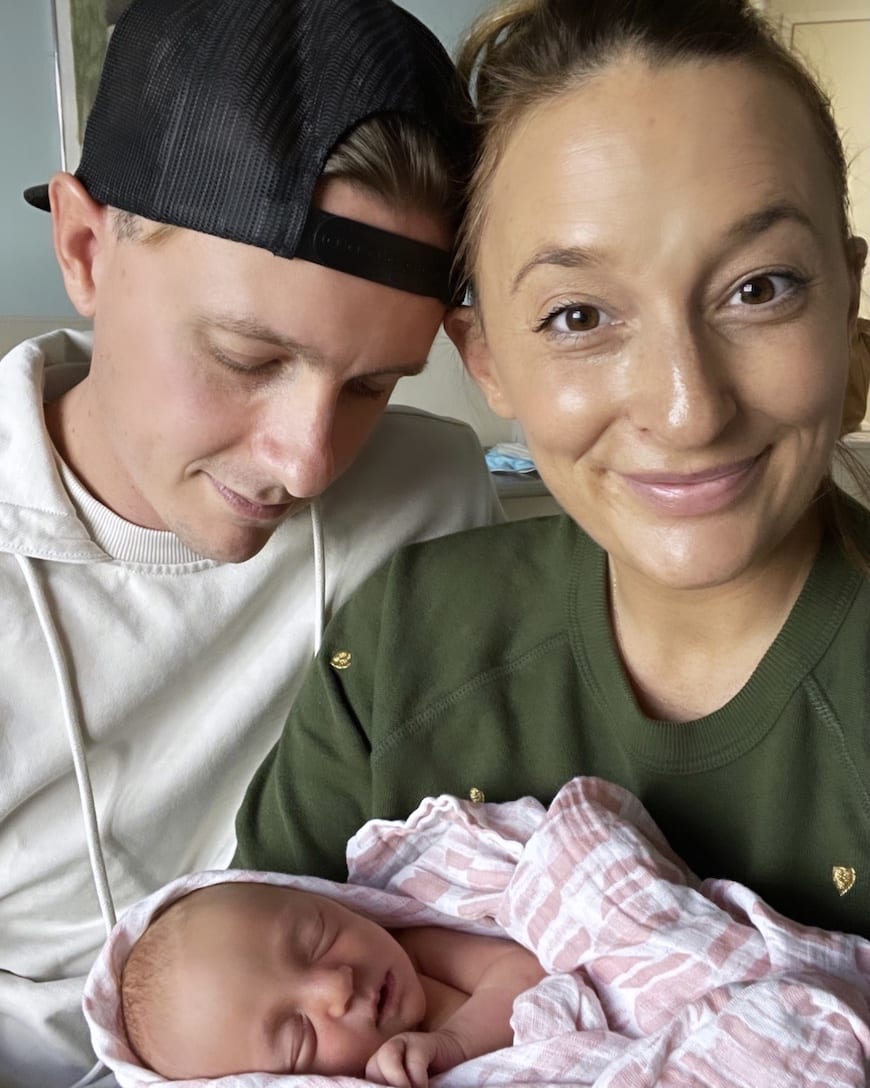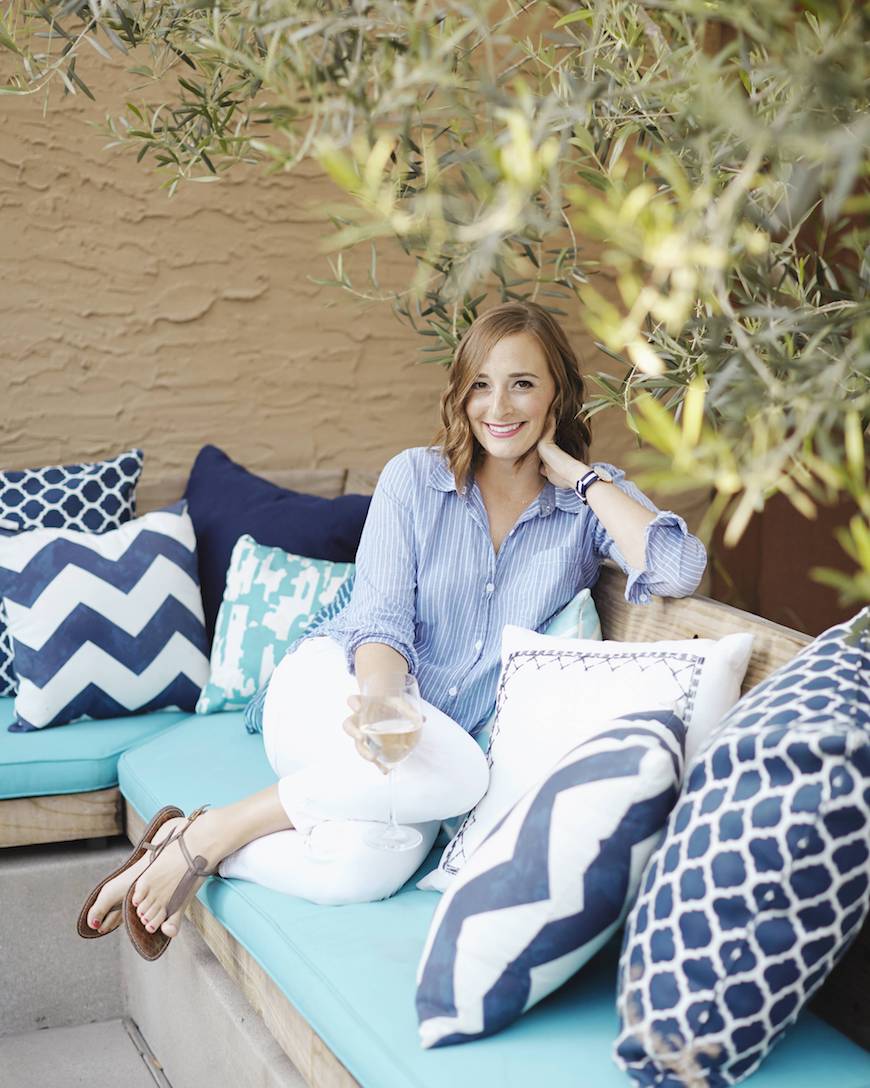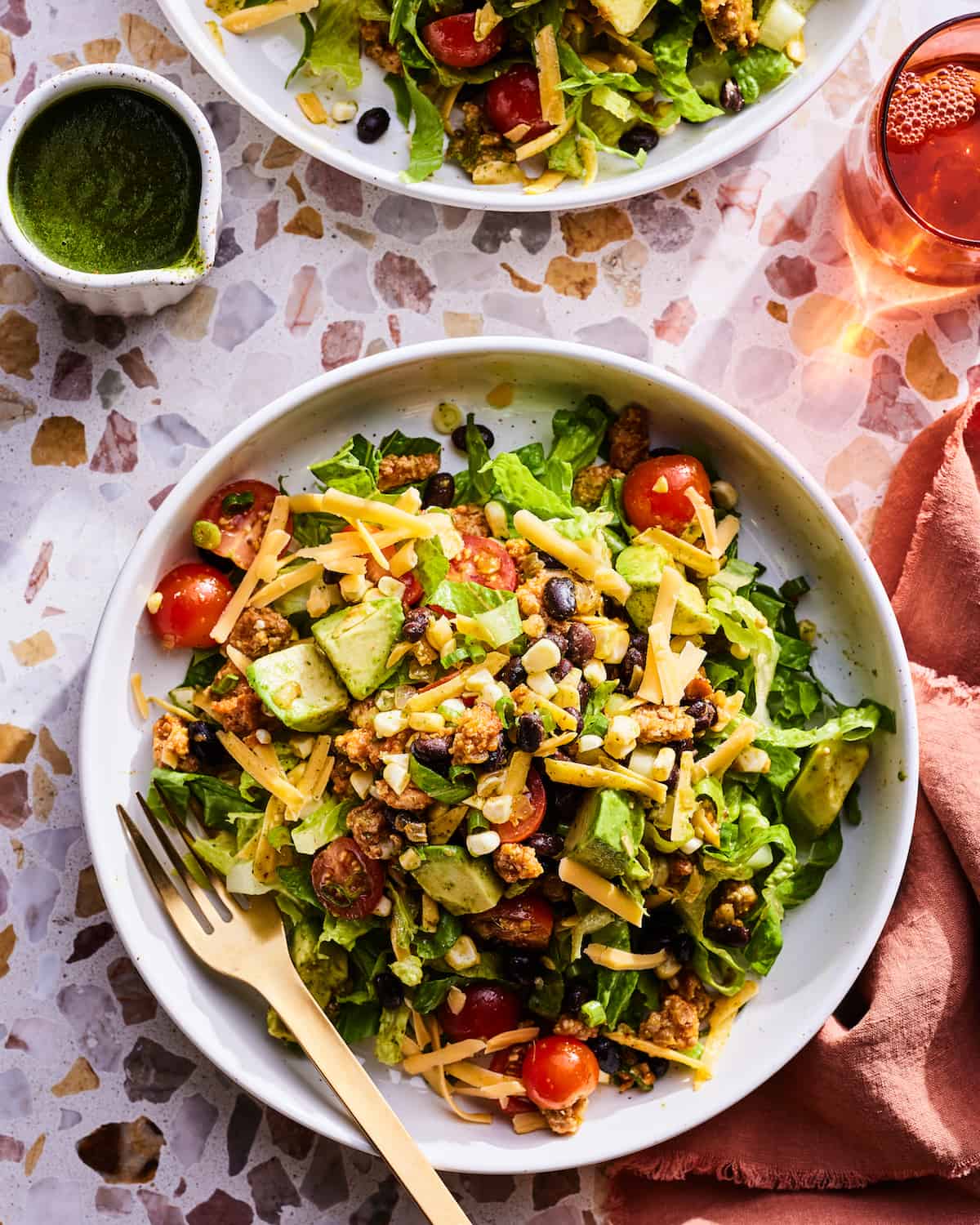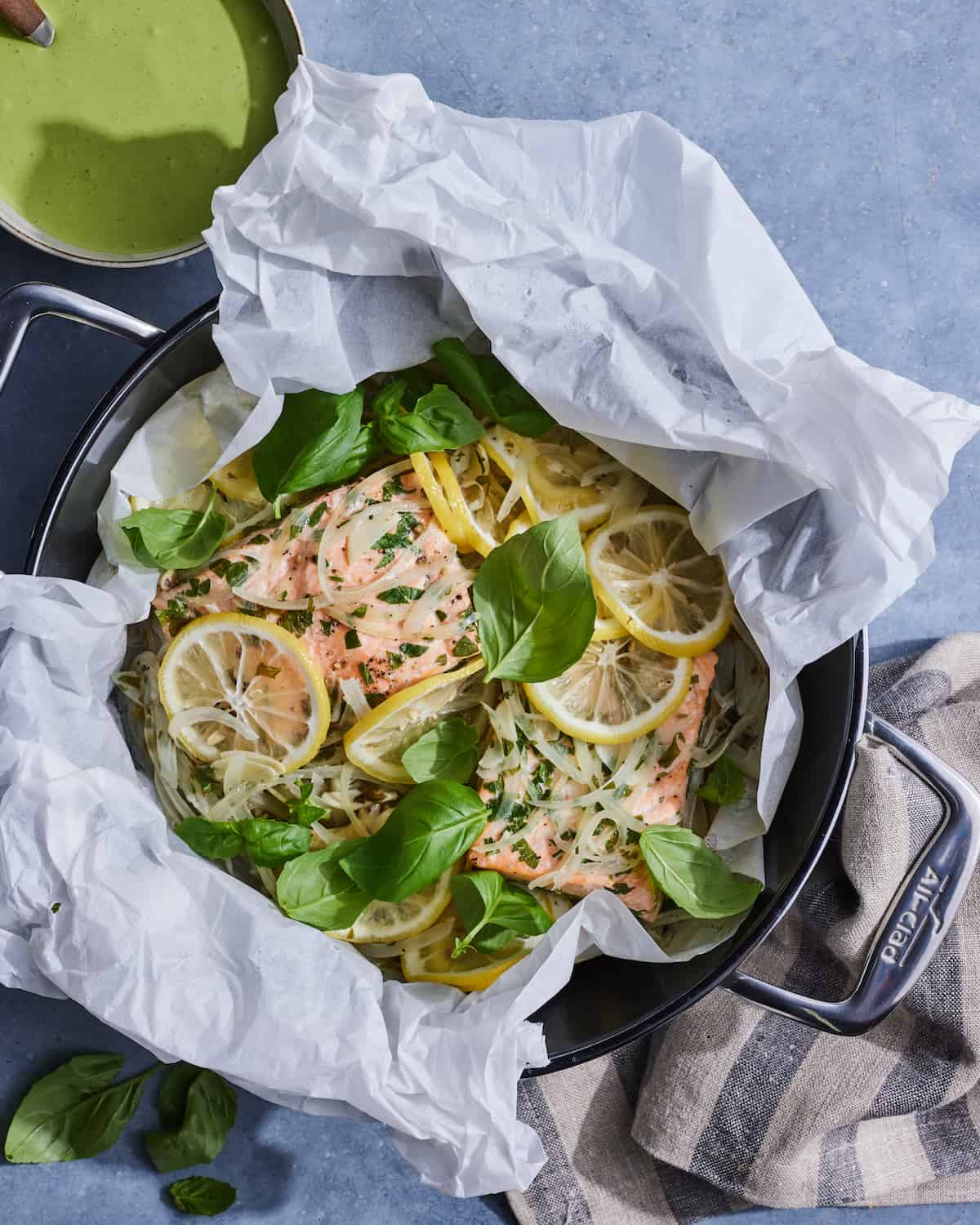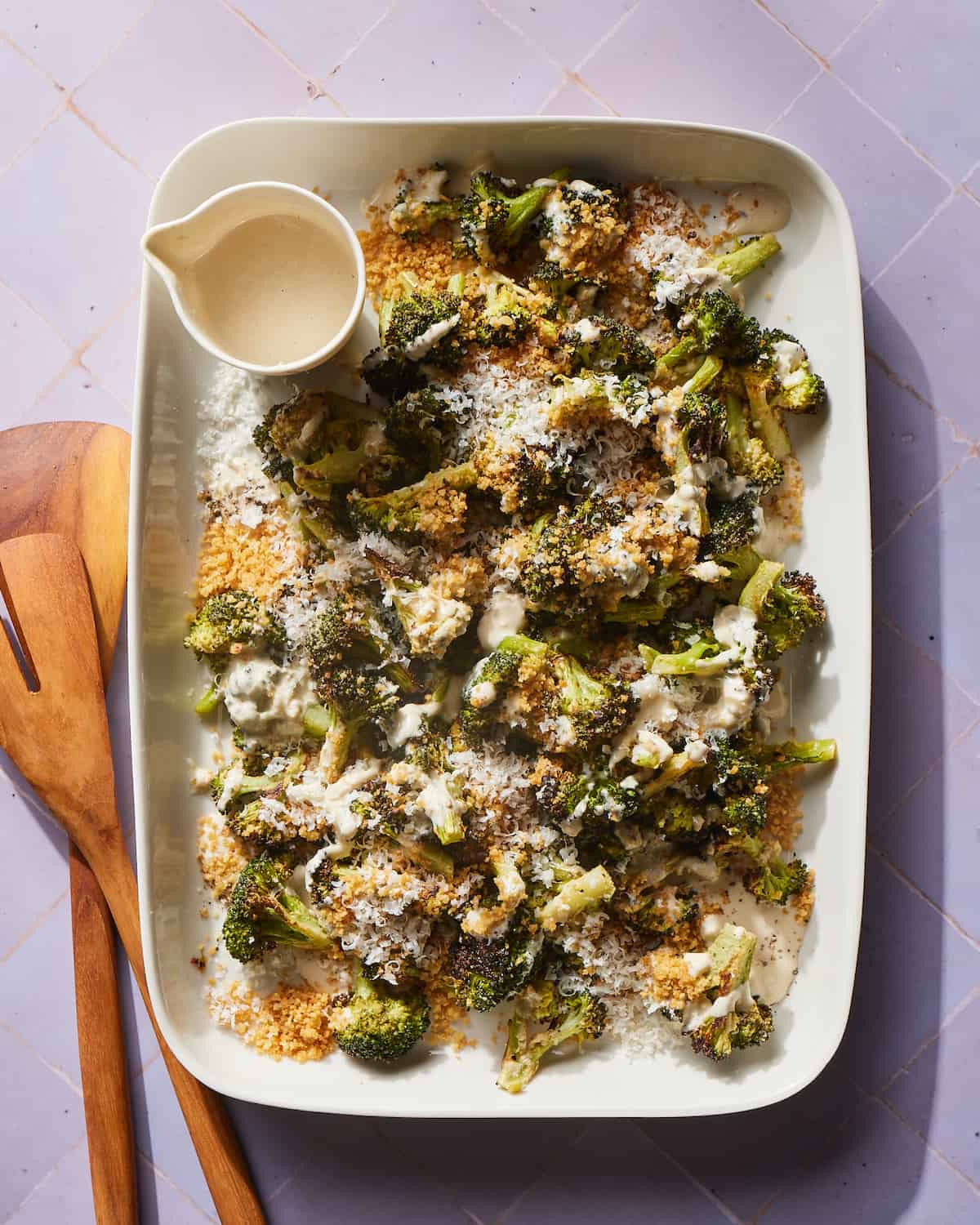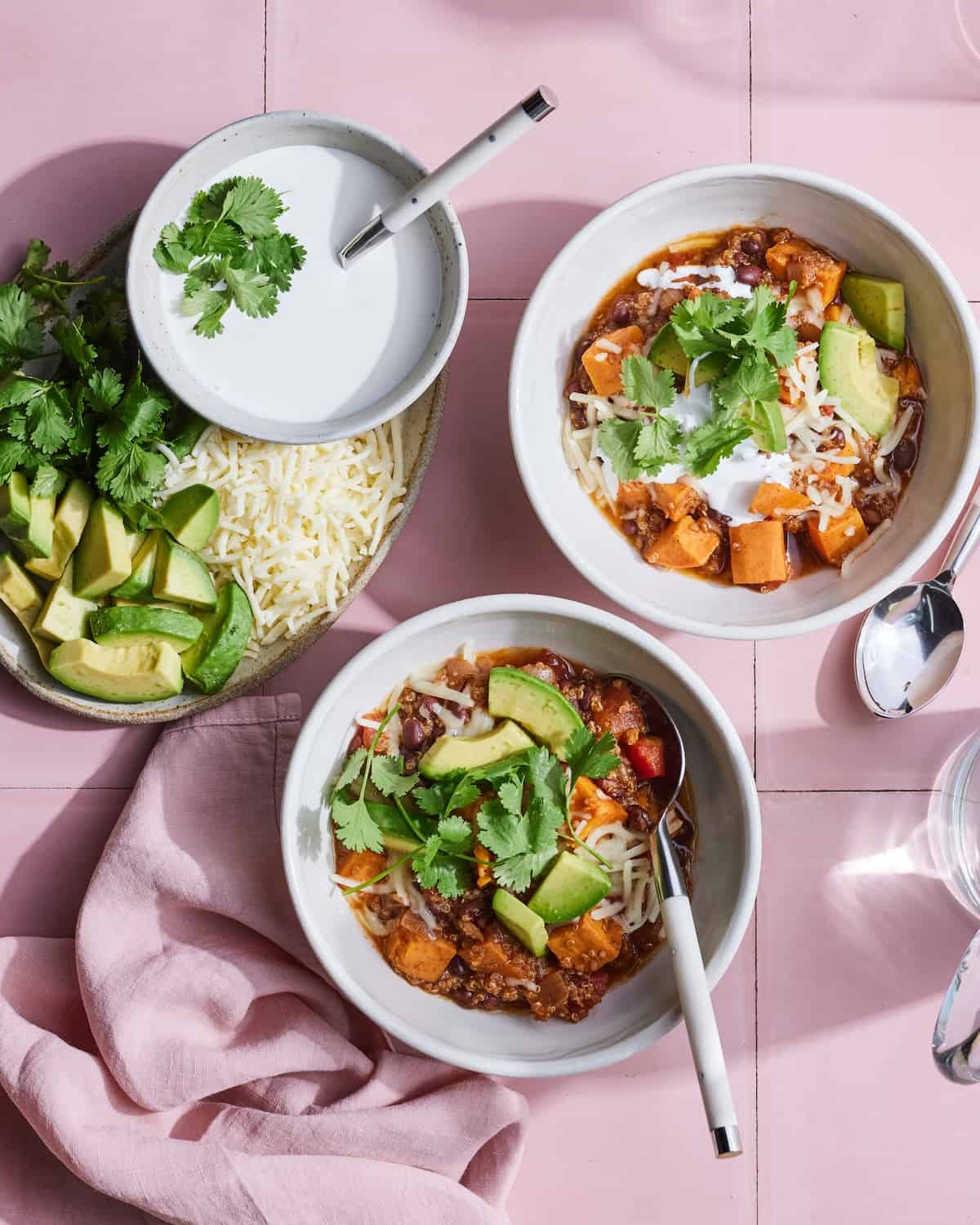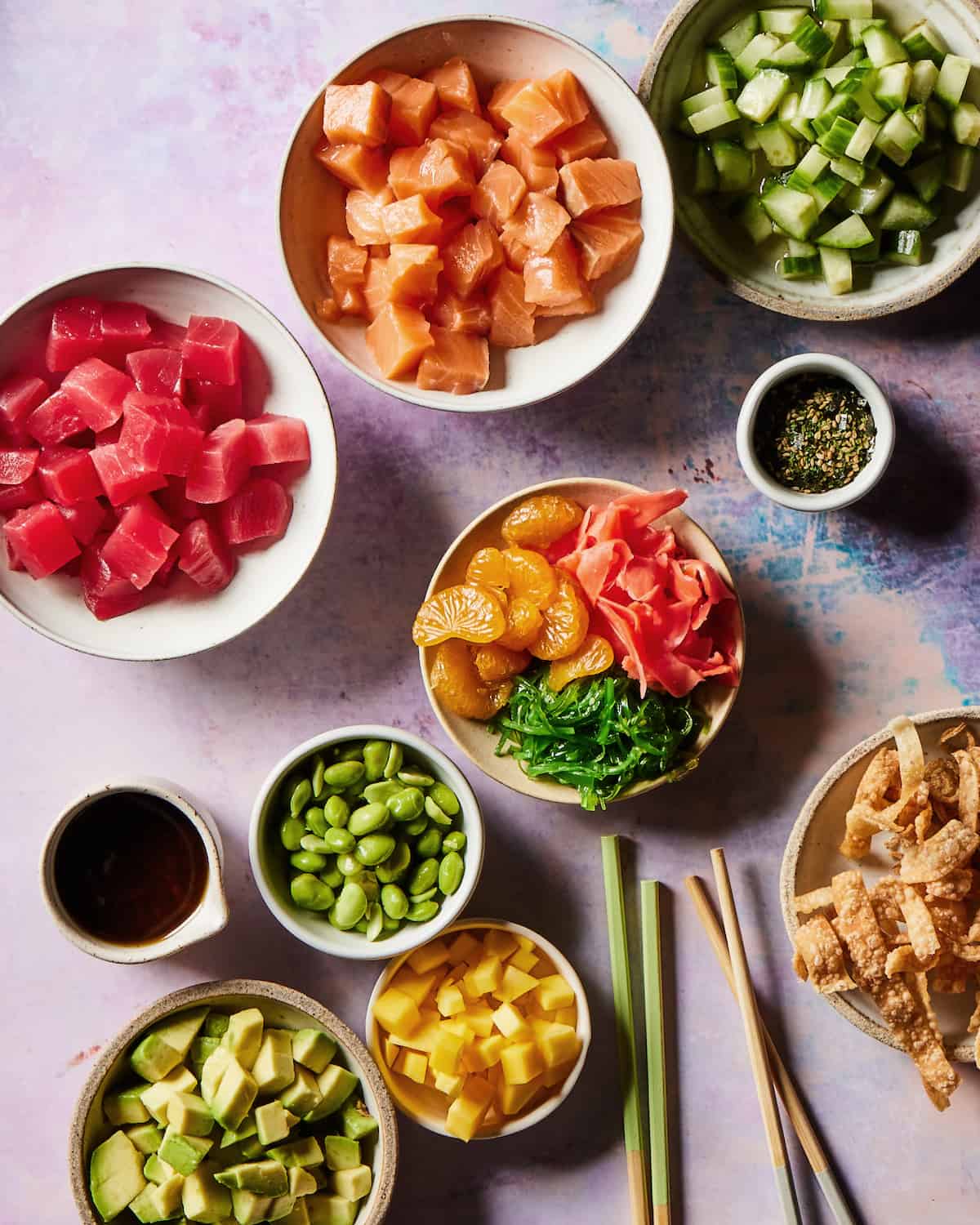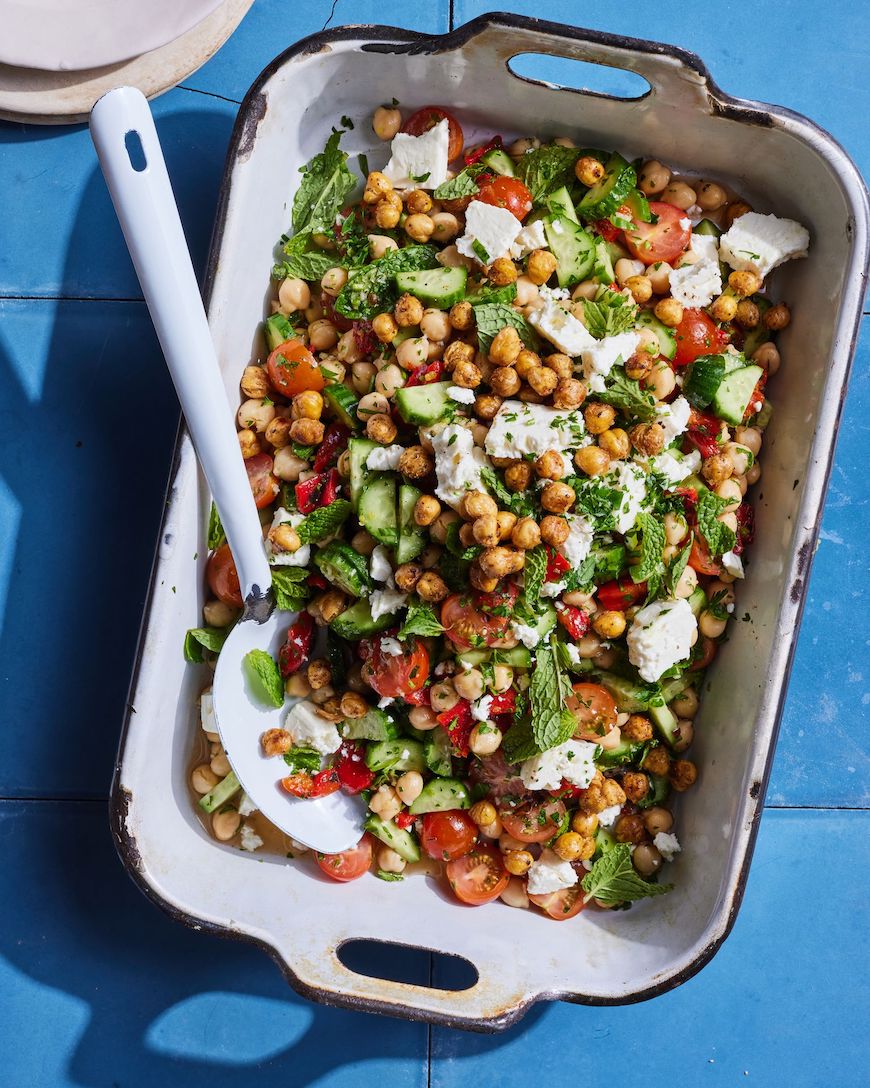Cookbook Club #25 // Cooking at Home and Cook As You Are + Grist coming in hot!
Hi, Everyone! It’s me, Kristina! And I am back after a long, albeit unintentional, break! If you follow my stories on Instagram you may notice that I regularly share posts on recognizing the symptoms of depression in yourself and others. I’m an advocate of normalizing the discussion around mental illness so that people feel comfortable asking for help, admitting they need a break, or simply being able to identify what others may be going through and being able to provide support. I say all this to say that I think adjusting to the past few years is still working through our systems. Those posts I shared helped me identify that my exhaustion needed attention. I rested. Now I am back!
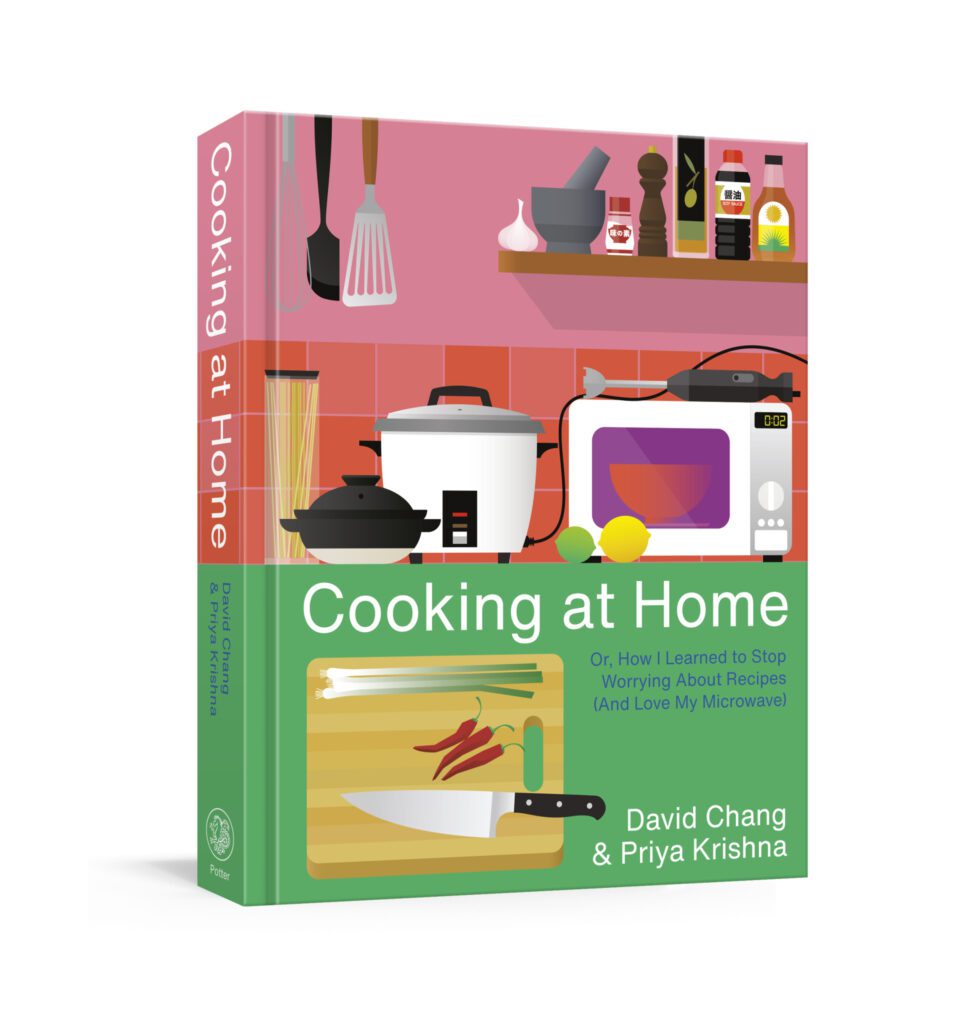
The book we have for you this week is different from any other book we’ve shared on cookbook club! Cooking at Home: Or, How I Learned to Stop Worrying About Recipes (And Love My Microwave)by David Chang and Priya Krishna teaches the most common techniques for cooking the majority of what you have in your pantry. Basically, it aims to make you better at just throwing a dish together! I enjoy having monothematic books that walk me through how to tackle the subject food, whether it’s beef, chicken, fish, vegetables, bread, you name it! This book takes it a step further by eliminating the hoity-toityness that you often find in those cookbooks, it rubber stamps eyeballing it rather than being bound by precise measurements, and it reassures you that as long as you like it, that’s all that matters! If you are someone who loves to follow recipes to get the exact outcome the author intended, this probably isn’t the best book for you. If you’re new in the kitchen, haphazard, distracted, and just want to tighten up your skills and learn the hows and whys rather than simply replicating a process, this IS the book for you! You can pick up or order a copy from Octavia Books in New Orleans!

To give you the best feel of the book, we’ve chosen the fried rice recipe blueprint to share here, because how many times have you wanted to make fried rice and then whatever you DO make is disappointing? Me, every time. More importantly, this book and the ones we are sharing below, by Ruby Tandoh and Abra Berens should help cooking be more manageable if you need more time to rest, for example, but still want to eat good food.
Cook As You Are : Recipes for Real Life, Hungry Cooks and Messy Kitchens (Ruby Tandoh)
Grist: A Practical Guide to Cooking Grains, Beans, Seeds, and Legumes (Abra Berens)
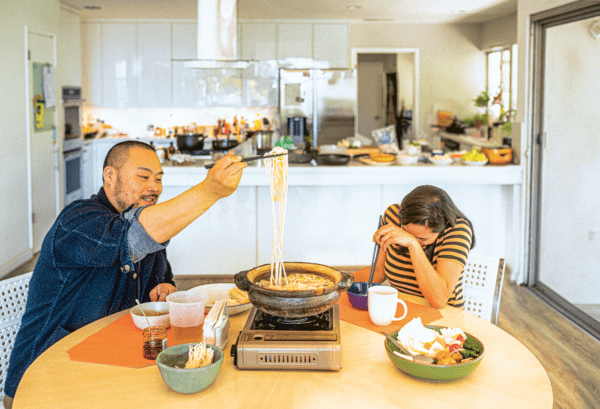
Priya (P) and David (D)
What's your favorite non-recipe in the book and why?
P: I love the bread recipe because it really can be taken in so many different — and all equally delicious — directions. As a non baker, I have always found bread to be incredibly intimidating, and this was the recipe that made me feel like, "oh, I can totally do this."
D: It’s a tough choice between the donut dessert and cacio e pepe. Both are super simple and great crowd pleasers - on top of that they are fast to make and almost foolproof.
What was the hardest ‘non-recipe’ to break down for readers and why?
P: Meat cooking! Undercooking meat is not only not delicious, it is actively unsafe. So we went back and forth trying to figure out how we can talk people through cooking meat without giving super precise temperatures and times, and I am really happy with what we came up with — going really heavy on explaining what is happening to meat as it is breaking down, what to look for visually, texturally. I don't cook a ton of meat at home, and I now feel incredibly confident about roasting a pork butt.
D: Probably boiling meat. It seems counterintuitive to everything that’s taught in books and school.
For someone who's never tasted the “reference dish” before, how is your approach useful?
P: Because we believe that people's reference should be their tastes and their pantries. In this world of hyper aspirational cookbooks, we wanted a book that put the power back in the hands of the readers and asked, what flavors do you like? What do you have in your pantry? How can you use that to get to a quick and delicious dinner?
D: We wanted to give people the tools and confidence to deviate from a traditional recipe. By guiding them to use what they like, what’s in season or even what’s in the pantry now, you can still make a delicious meal, even if it’s not exactly what the recipe asked for.
You get to the end of the book and list a handful of experts in various cuisines whose books readers should approach to learn how those foods are prepared, yet the intro to this book explains that we need to move away from rigid recipes in home cooking to be more inclusive, equitable and have more delicious food. Can you break that down for us?
P: Educating yourself about cuisines and the history behind dishes is always going to be important. We wanted to include a reference section to shout out the people who are doing that educational work in their books, so that if people wanted to learn more about a particular dish, they had a place to look.
D: Learning how to cook intuitively doesn’t mean you should neglect all of the information that’s available out there. Following a recipe word for word doesn’t make you a good cook and makes it almost impossible to really learn them. Learning about the why, who and context of the recipe brings more insight into what makes that dish delicious and can show the how and why it’s changed over time and helps us stay truer to the recipe in our own ways.
How did you choose which recipes make it into the book?
P: Because it's a book driven not by recipes but by techniques, we were more thinking about -- what dishes will be useful examples of the technique we just explained? That was how we narrowed it down.
D The dishes we chose came mostly from me cooking at home for my family. It became less about creating specific recipes to follow and more about the logic behind how I try to make dishes at home - I almost never made a dish the same way twice which is very different from how I cooked in professional kitchens.
And some fun questions to wrap:
The one dish you can never say no to?
P: Enchiladas
D: French fries
The one dish you will always say no to?
P: I don't like to say no to food!!
D: I have tried a lot of different dishes from all over the world, and while I’ll still try it, I have to say that I’m not a big fan of certain offal dishes.
What is your favorite flavor combo?
P: Miso + butter became a big favorite during this process
D: Pork, oyster and kimchi
Pizza or Pasta?
P: Pasta
D: Pizza
Cookies with or without nuts?
P: No nuts
D: Sans nuts
Beer, Wine or Cocktail?
P: Wine
D: Light beer
A person you would love to cook beside to learn more ideas to use in your own home cooking?
P: My colleague, Yewande komolafe, who has an amazing book on Nigerian food coming out.
D: I would really love to cook with Priya’s mom Rita. She is an amazing, talented cook.
If you could travel one place in the world to eat, where would you go?
P: I would love to go to Istanbul!
D: Istanbul! It’s one of my favorite places in the world to eat and I can’t wait to go back.

